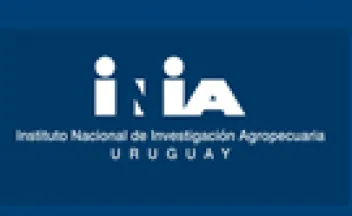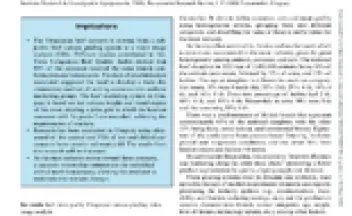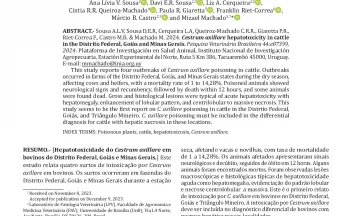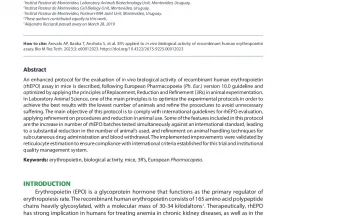Editorial: Maximizing nitrogen fixation in legumes as a tool for sustainable agriculture intensification, volume II.

ABSTRACT.- Estimations indicate that there will be nearly 10 billion people on Earth by 2050. Then agriculture will be required to generate about 50% more food because of the rise in the world population (FAO, 2017). The great challenge for agricultural systems is to provide secure food for the growing world population while maintaining or improving soil and water quality, together with working towards the mitigation of climate change without exceeding planetary boundaries (Wanyenze et al., 2023).




